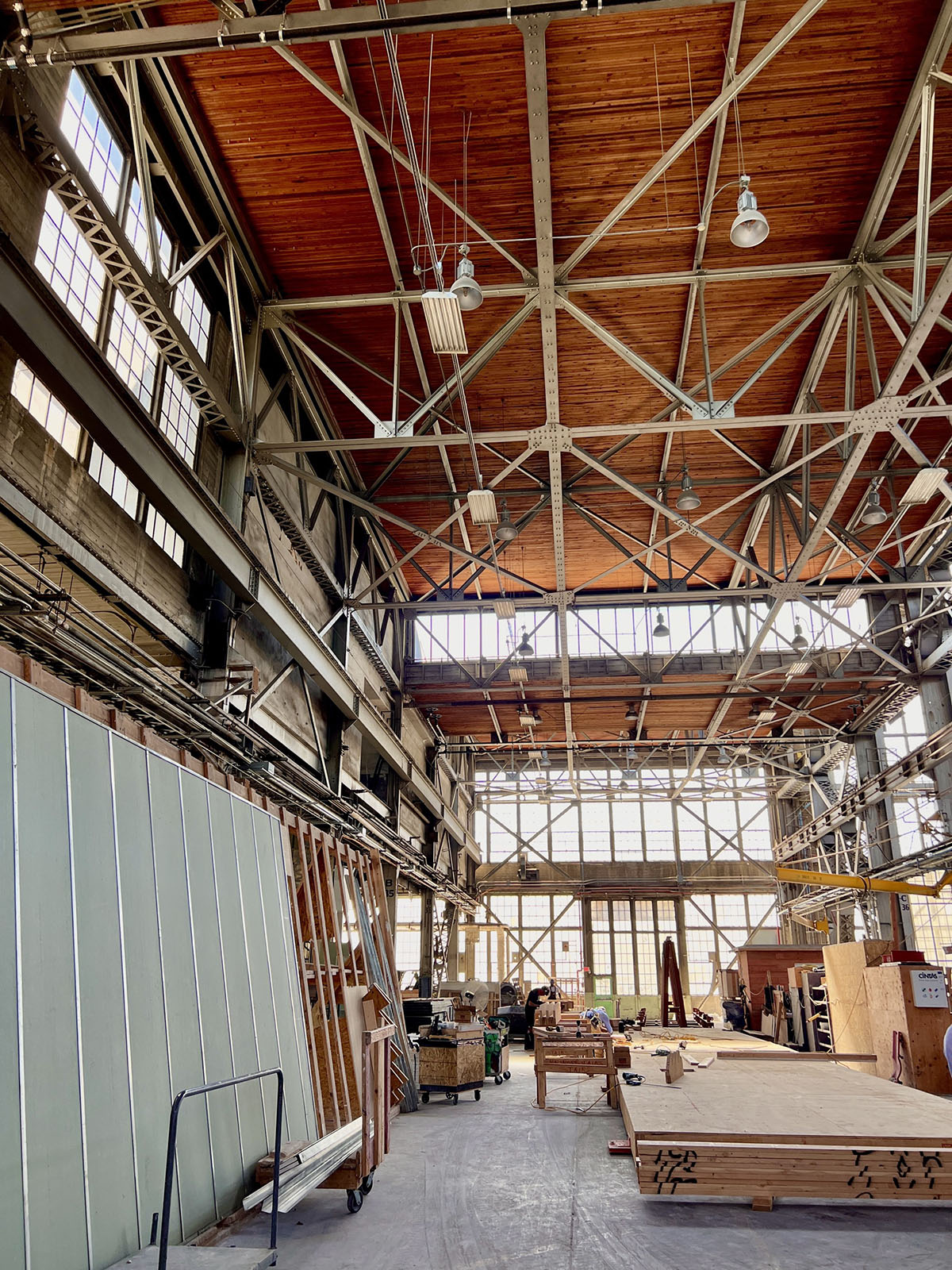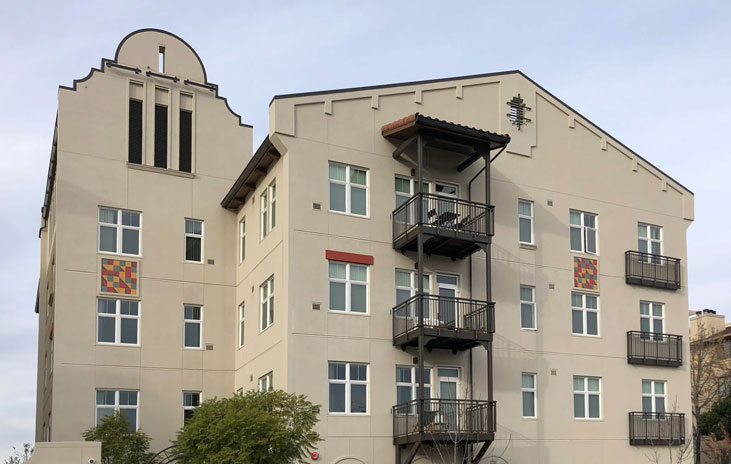
Factory-Built Housing Pre-Development Pilot Program
The Factory-Built Housing Pre-Development Pilot Program has $12 million available to fund pre-development activities for factory-built housing manufacturers applying to the U.S. Department of Energy’s Title 17 Clean Energy Financing Program. Pre-development activities include evaluating site feasibility, doing infrastructure planning, and developing Community Benefits Plans.

DOE Title 17 Program
The Department of Energy (DOE) Title 17 Application is available on the Title 17 webpage.
Who is Eligible to Apply?
Factory-built housing manufacturing companies with plans to build, repurpose, or retrofit manufacturing facilities in California are eligible to apply if they have passed Part I of the Title 17 Program Application and are in the process of applying to Part II.
Contact Us
If you have any questions or comments, please contact us.

The Factory-Built Housing Pre-Development Pilot Program is part of California Climate Investments, a statewide program that puts billions of Cap-and-Trade dollars to work reducing GHG emissions, strengthening the economy, and improving public health and the environment– particularly in disadvantaged communities. The Cap-and-Trade program also creates a financial incentive for industries to invest in clean technologies and develop innovative ways to reduce pollution. California Climate Investments projects include affordable housing, renewable energy, public transportation, zero-emission vehicles, environmental restoration, more sustainable agriculture, recycling, and much more. At least 35 percent of these investments are located within and benefiting residents of disadvantaged communities, low-income communities, and low-income households across California. For more information, visit www.caclimateinvestments.ca.gov


